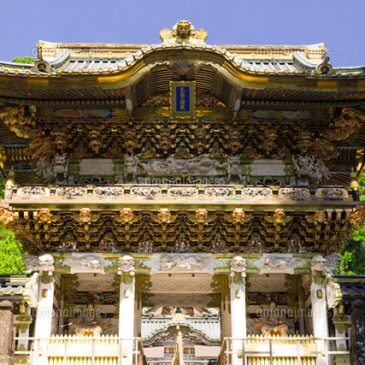Tokugawa Ieyasu, who spread peace across Japan, passed away at the age of 75 on April 17th, 1616. According to a book called “Honko-kokushi-nikki,” which was written by a monk that was alive through the beginning of the Edo Period, it is said that Tokugawa Ieyasu left his final words before he died, “Bury my body at Mount Kuno, hold a funeral at Zojoji Temple in Edo (the former name of Tokyo), dedicate a memorial tablet (a placard used to designate the seat of a deity or past ancestor) at Daijuji Temple. After a year since my passing, build a place in Nikko and enshrine my body there. Then, I will become a guardian to protect Edo.”
When people think of the Nikko Toshogu Shrine, many have an incredibly elegant image in their minds. The main buildings of the Nikko Toshogu Shrine were re-built at a much grander scale during the period of the third shogun of the Tokugawa dynasty, Tokugawa Iemitsu. There are exactly 8 buildings in the Nikko Toshogu Shrine that are designated as “national treasures” and 34 buildings that are designated as “important cultural properties” by the government of Japan.
The impression many people have when they see the many shrine buildings is that they are abundant with color and all of the buildings are unique from one another, each sculpted in different sizes and shapes. The beautiful architecture of the buildings fascinates people to the point that they never forget it.
All of the architecture was designed to represent the different religious and academic concepts of that time period. Another example of this in Japanese culture would be Yomeimon, a richly decorated gate that is designated as a “national treasure,” which was covered in statues in the image of a holy men, such as a monks or priests. The statues depicted over 500 different people. This gate is also known as “higurashi-no-mon,” which expresses that one could gaze upon its beauty until sundown and never tire of seeing it.
The Nikko Toshogu Shrine’s stable is covered in carvings of sacred horses, as well as the iconic three wise monkeys, who hear, speak and see no evil, a traditional symbol in Chinese and Japanese culture that is known around the world.
Approximately 400 years ago, a feudal lord named Matsudaira Masatsuna, who served Tokugawa Ieyasu, donated 200,000 cedar trees to the Nikko Toshogu Shrine. It took about 20 years to plant them all and the area is now called “The Cedar Avenue of Nikko.” This street is lined with approximately 13,000 cryptomeria trees, known in Japanese as “sugi,” which is the national tree of Japan. The street is about 37 kilometers long and listed in the Guinness Book of World Records as the longest tree-lined avenue in the world.

